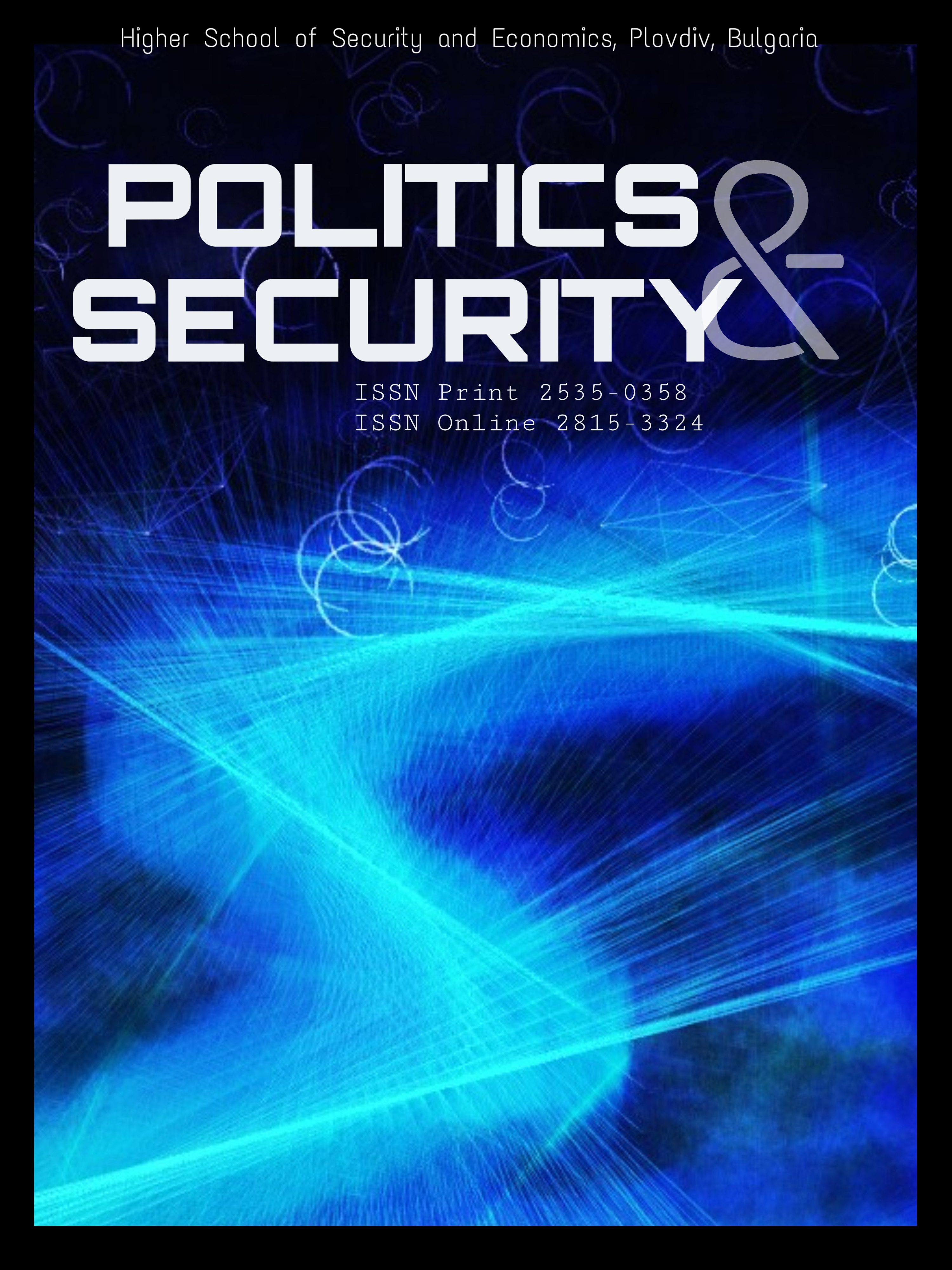DOG WHISTLES AND CAT SENSES – HIDDEN EXTREMISM AND THE FRAMEWORK ОF LEGAL OVERSIGHT IN EUROPEAN COURT OF HUMAN RIGHTS CASE LAW
DOI:
https://doi.org/10.54658/ps.28153324.2025.13.3.pp.95-105Keywords:
Hidden extremism, Dog whistle communication, ECtHR case law, Freedom of expressionAbstract
This paper examines the challenges posed by hidden extremist messages communicated through coded language, memes, irony, and discursively veiled expressions within the framework of the European Court of Human Rights’ (ECtHR) case law. It develops a methodological framework for assessing such speech, drawing on discourse analysis, speech act theory, and the concept of “dog whistle” communication. Through an analysis of ECtHR and selected national decisions, the study highlights the tension between safeguarding freedom of expression under Article 10 of the European Convention on Human Rights and addressing disguised incitement to hatred or violence. It argues that courts must adapt their interpretative tools to account for the evolving forms of extremist rhetoric in digital environments, where messages often operate simultaneously on multiple semantic levels.
Downloads
References
Åkerlund, M. (2022). Dog whistling far-right code words: The case of ‘culture enricher’ on the Swedish web. Information, Communication & Society, 25(12), 1808–1825. https://doi.org/10.1080/1369118X.2021.1889639
Austin, J. L. (1962). How to do things with words. Oxford University Press.
Brandenburg v. Ohio, 395 U.S. 444 (1969).
Bychawska-Siniarska, D. (2017). Protecting the right to freedom of expression under the European Convention on Human Rights. Council of Europe.
Chaplinsky v. New Hampshire, 315 U.S. 568 (1942).
Dieudonné M’Bala M’Bala v. France, no. 25239/13, Eur. Ct. H.R. (2015).
Drongal, A. M. (2020). “Hate speech” and the right to freedom of expression: A ratio and the criteria of differentiation in the context of the decisions of the ECHR. UDC 341.6.
Ebner, J. (2020). Going dark: The secret social lives of extremists. Bloomsbury Publishing.
Erbakan v. Turkey, no. 59405/00, Eur. Ct. H.R. (2006).
Féret v. Belgium, no. 15615/07, Eur. Ct. H.R. (2009).
Foucault, M. (1972). The archaeology of knowledge (A. M. Sheridan Smith, Trans.). Pantheon Books.
Foucault, M. (1981). The order of discourse. In R. Young (Ed.), Untying the text: A post-structuralist reader (pp. 48–78). Routledge & Kegan Paul.
Garaudy v. France (dec.), no. 65831/01, Eur. Ct. H.R. (2003-IX).
Gündüz v. Turkey, no. 35071/97, Eur. Ct. H.R. (2003-XI).
Handyside v. United Kingdom, no. 5493/72, Eur. Ct. H.R. (1976).
Harari, Y. N. (2014). Sapiens: A brief history of humankind. Harper.
Jersild v. Denmark, no. 15890/89, Eur. Ct. H.R. (1994).
Koskensalo, A. (2015). Secret language use of criminals: Their implications to legislative institutions, police, and public social practices. Sino-US English Teaching, 12(7), 497–509. https://doi.org/10.17265/1539-8072/2015.07.005
Lehideux and Isorni v. France, no. 24662/94, Eur. Ct. H.R. (1998-VII).
Leroy v. France, no. 36109/03, Eur. Ct. H.R. (2008).
Lopez, I. H. (2014). Dog whistle politics: How coded racial appeals have reinvented racism and wrecked the middle class. Oxford University Press.
M’Bala M’Bala v. France, no. 25239/13, Eur. Ct. H.R. (2015).
MJ Moody v. NetChoice, LLC, 142 S. Ct. 2412 (U.S. 2022).
Norwood v. the United Kingdom (dec.), no. 23131/03, Eur. Ct. H.R. (2004-XI).
Perinçek v. Switzerland [GC], no. 27510/08, Eur. Ct. H.R. (2015).
Pratiwi, D. P. E., Sulatra, I. K., & Dewangga, I. G. A. (2023). Deconstructing internet memes through semiotic analysis: Unveiling myths and ideologies in visual and verbal signs. Jurnal Arbitrer, 10(1), 147–157. https://doi.org/10.25077/ar.9.2.147-157.2022
R.A.V. v. City of St. Paul, 505 U.S. 377 (1992).
Rechtbank van eerste aanleg Antwerpen, afdeling Turnhout. (2021, October 11). Eerste veroordeling in België voor haatzaaiende memes [First conviction in Belgium for hateful memes]. (C.19.1528.N).
Saygılı and Falakaoğlu v. Turkey, no. 39457/03, Eur. Ct. H.R. (2008).
Searle, J. R. (1969). Speech acts: An essay in the philosophy of language. Cambridge University Press.
Simić v. Bosnia and Herzegovina, no. 39764/20, Eur. Ct. H.R. (2020).
Simunic v. Croatia (dec.), no. 20373/17, Eur. Ct. H.R. (2018).
Sokolovskiy v. Russia, no. 67029/19, Eur. Ct. H.R. (2024).
Sürek v. Turkey (No. 1), no. 26682/95, Eur. Ct. H.R. (1999-IV).
Sürek v. Turkey (No. 3), no. 24735/94, Eur. Ct. H.R. (1999).
Virginia v. Black, 538 U.S. 343 (2003).
Weimann, G., & Am, A. B. (2020). Digital dog whistles: The new online language of extremism. International Journal of Security Studies, 2(1), Article 4. https://digitalcommons.northgeorgia.edu/ijoss/vol2/iss1/4
Downloads
Published
Issue
Section
License
Copyright (c) 2025 Vasil Georgiev

This work is licensed under a Creative Commons Attribution 4.0 International License.






